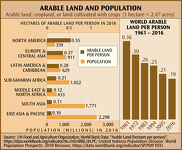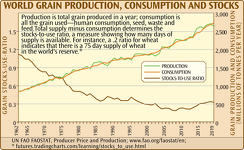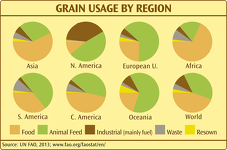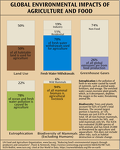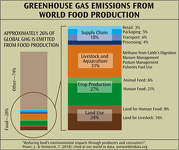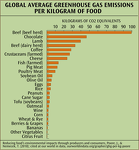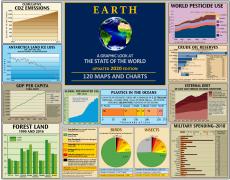Chart of Food Loss and Waste
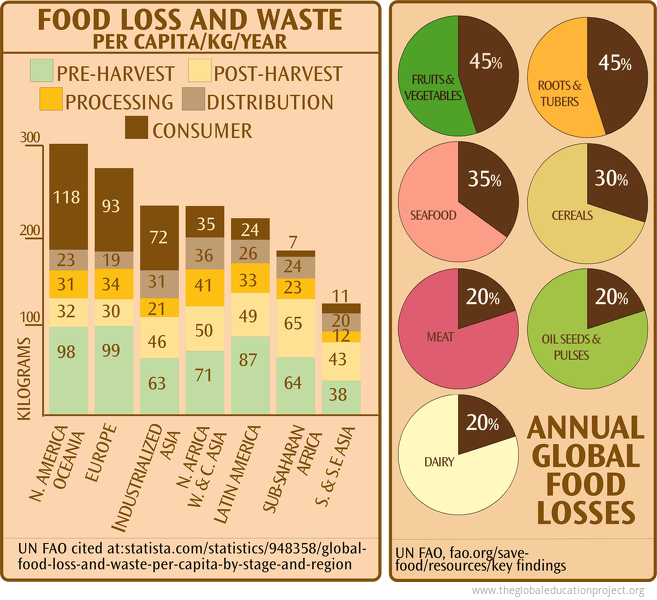
Approximately one third of the food produced in the world for human consumption—nearly 1.3 billion tonnes—gets lost or wasted every year.
"Loss" refers to any food that is lost in the supply chain between the producer and the market from problems at pre-harvest, harvest, handling, storage, packing or transportation. "Waste" refers to the discarding or non food use of food that is safe and nutritious for human consumption. Food that deviates from what is considered optimal in terms of shape, size and colour, or beyond the “best-before” date is often discarded by retailers or consumers.
In Europe and North America, annual waste by consumers is between 95–115 kg/per capita, but only 6–11 kg/per capita in sub-Saharan Africa, S and SE Asia. In developing countries 40% of losses occur at post-harvest and processing levels. In industrialized countries more than 40% of losses happen at retail and consumer levels.
Sources
UN FAO, fao.org/save-food/resources/key findings
UN FAO; Global Food Losses and Food Waste, fao.org/3/mb060e/mb060e00.pdf
Tags: food and agriculture, global food loss, global food waste, food loss and waste, agriculture-food
Sign up for EARTH Dispatches
Enter you email below to get jaw dropping charts and maps delivered straight to your inbox.
Get the EARTH presentation
A 150 page high-resolution PDF containing all updated maps, charts and data on EARTH website; use as an information-packed educational slide show, printed booklet or a set of single-page handouts.
Learn More
